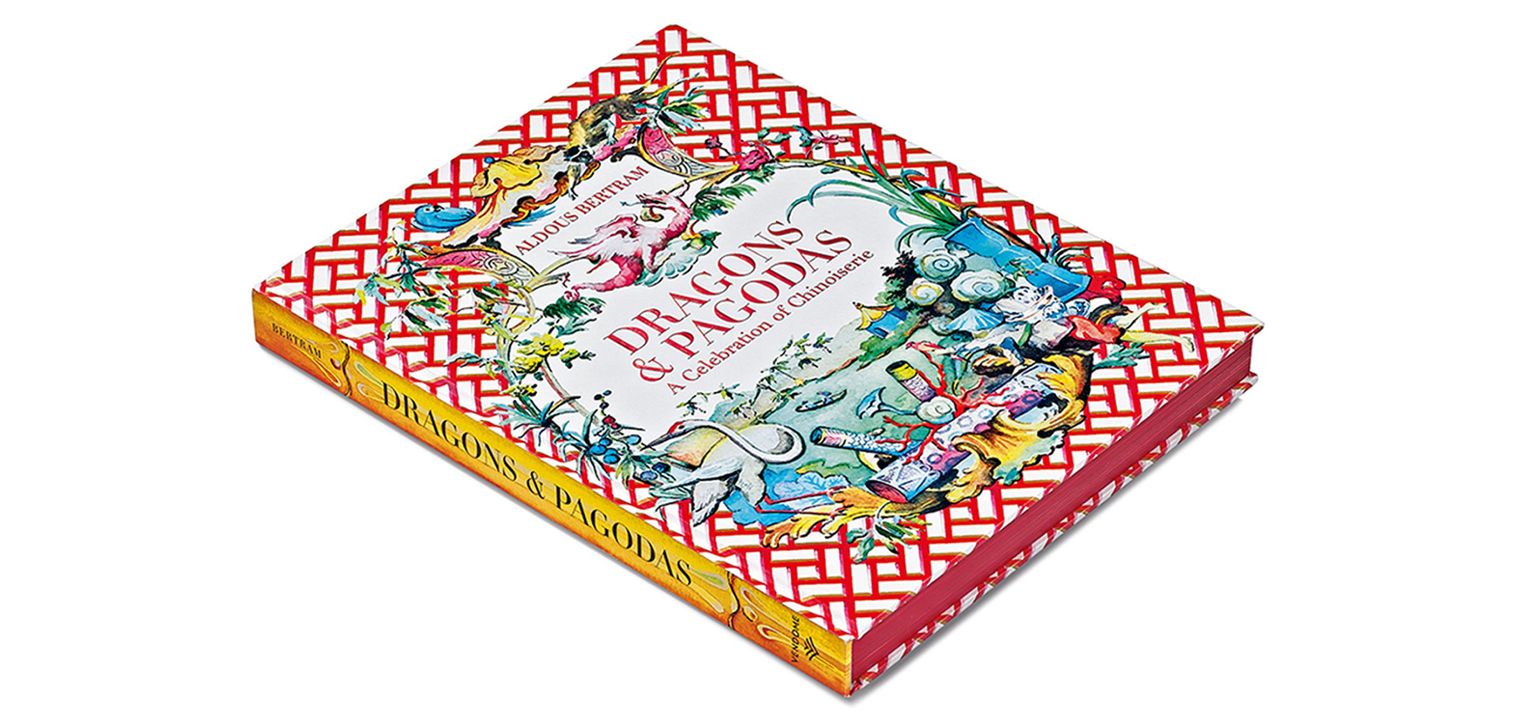Off the Page: ‘Dragons & Pagodas’
Peek inside nearly any stylish Southern home and you’re apt to find a ginger jar, or a Chippendale chair, or a room covered in floral wallpaper. Look closer and you may see a lacquered cabinet, a collection of porcelain vases, or a painted screen. These are the hallmarks of chinoiserie, but how did this Far Eastern decorative style so thoroughly infiltrate our American interiors? Charleston-based art historian and designer Aldous Bertram sets out to explore the origins and treasures of this design movement in Dragons & Pagodas: A Celebration of Chinoiserie.
First things first, says Bertram: Chinoiserie isn’t really Chinese at all, but rather a Western invention inspired by a perceived image of China. It all started with Marco Polo’s recollections of his visits to the Far East—recollections that blended fact with a heavy dose of embellishment, including that of a land he called Cathay. “Many historians cite the nonexistent Cathay as the true inspiration behind the chinoiserie craze, which was effectively a case of a fantasy feeding a fantasy,” Bertram writes. “The first sightings of Asia expanded the world view of fashionable society and revolutionized taste in such a myriad of ways that a new and indomitable decorative style was born.”
Chinoiserie swept through the interiors and gardens of Europe and then the United States in the 17th and 18th centuries, with everyone from Louis XIV to the British royal family embracing the exotic look.
Its less than accurate beginnings make chinoiserie no less appealing to Bertram, who enthuses about the style with a passion that’s contagious. Chapters highlight our beloved blue-and-white porcelain—which he calls “the most successful and long-lasting decorative accessory in Western interior design”—as well as the intricate patterns, rich color palettes and even architectural motifs that make this style so timeless.
In addition to lavishly ornate photographs he shot himself while on pilgrimages to far-flung palaces and pagodas, the book is illustrated by Bertram’s own watercolor works painted in the style of 18th-century illustrators.
“My primary aim is to celebrate the historical depth and staggering range of a style that is sometimes misunderstood as frivolous or peripheral,” Bertram writes. “Chinoiserie is more present in our surroundings than we often realize.”












